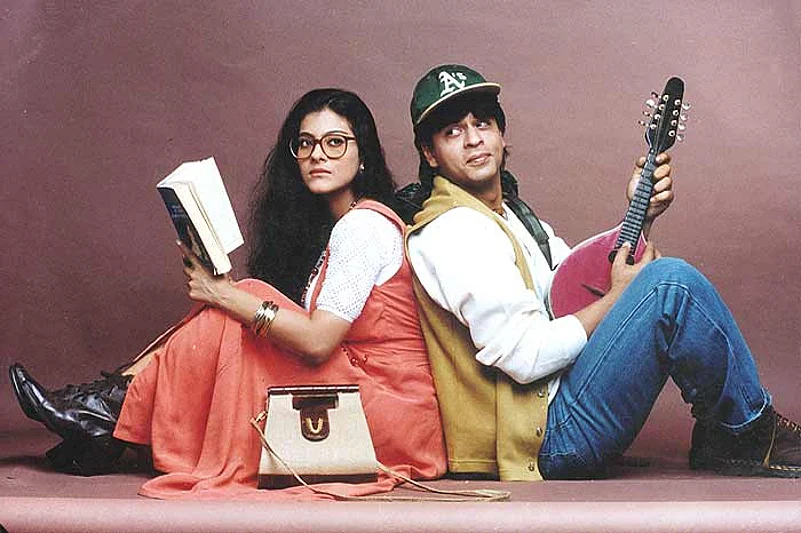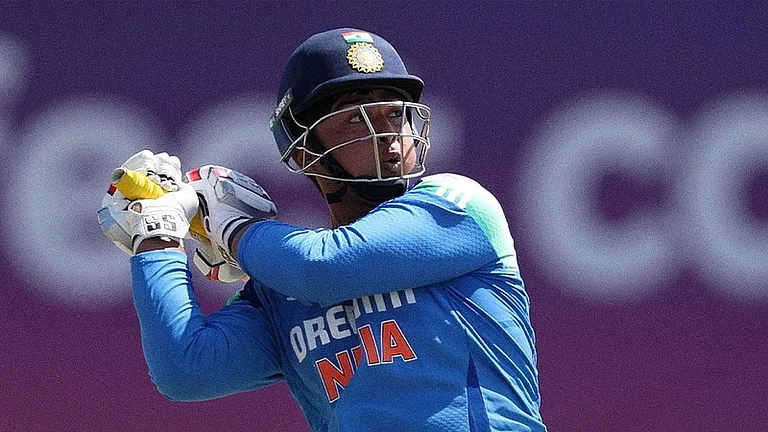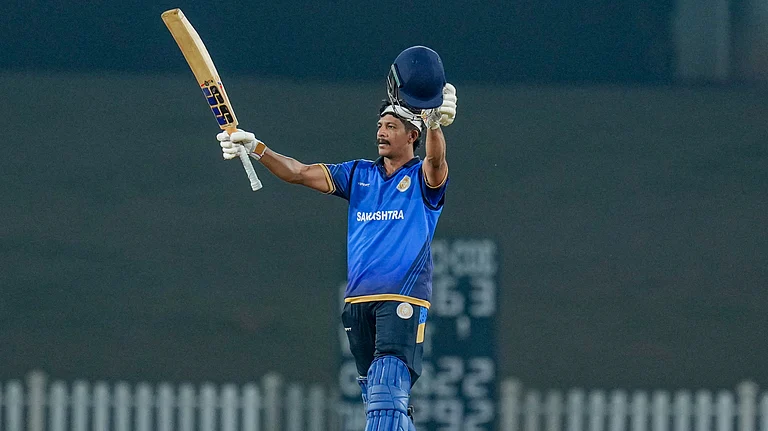As Shahrukh Khan says in his generous foreword, Anupama Chopra, like him, is an outsider who has become an insider. With this book, she takes us inside the filmi duniya of the last 20 years—roughly the period which began with Manmohan Singh’s liberalisation experiment. There were the Mafiosi financing films before then—the Dawoods and the Haji Mastans. Suddenly, it all changed— financing, cinema halls, stars. Bollywood became wholesome with multiplex audiences demanding clean, beautiful diaspora glamour where our boys and girls may strut about in jeans but marry in traditional saat phera fashion. Hence Dilwale Dulhaniya Le Jayenge and Hum Aapke Hain Kaun.
Anupama Chopra begins with an evocative essay on the making of Sholay, just to remind us where things began to change in the Bombay film industry. Then, in some short and sharp articles written for magazines, she covers films, stars, trends, box-office economics, and the sociology of film-making and film watching. Along the way you see a sea change in Bollywood. The political parties have hesitated to put Gen Next in charge, but Bollywood has not. Yash Chopra has Aditya and then we have Karan Johar and the three Khans. We are in the fourth generation of the Kapoors, with their girls blazing a trail, which their mothers and naanis were not allowed to.
Fortunes change along the way. There is the demise of Amitabh Bachchan at the box office with Mrityudata. Anupama gives up on him. But that was 1997 and now Big B has outclassed and amazed us all. Shahrukh is someone Anupama has followed closely and written a book about. Here you see him in his early days of Darr and Anupama is impressed by his simplicity and courtesy. But when it comes to My Name is Khan, even Anupama’s loyalty is (quite rightly) strained.
There is the Govinda phenomenon at its best, but I wish she had done a then- and-now piece on him. Aamir Khan’s own seriousness about film-making is matched by her essay on him, ‘Aamir Khan: Mr Perfection’. And we have Dabangg for the Third Mr K’s spectacular return to the top of the box office. There is an essay on Aishwarya, on Rakhee and Karisma and Kareena. (Why are there so many K’s in Bollywood? the three Khans; and Karina, Karisma, Kajol, Karan, Katrina—perhaps Aupama can address this puzzle next).
Bollywood has an ability to refashion itself, rise from the dust and fall again. There are cycles of great new ideas, then dull clones which flop, and then again another innovation. Nowadays it’s often derivative, copying Hollywood or even remaking its own past films. There can be and are spectacular flops even as the prices of stars go up. There has been a serious recession and even reputable western media companies have lost money—with Saawariya, for instance. And yet there are new directors and producers, younger stars making the grade, music and endless pelvis-thrusting gymnastics which passes for dancing...the feast never seems to stop. But through it all India talks to itself via Bollywood and Anupama Chopra is there with a sharp ear listening and reporting back. Paisa vasool.


























